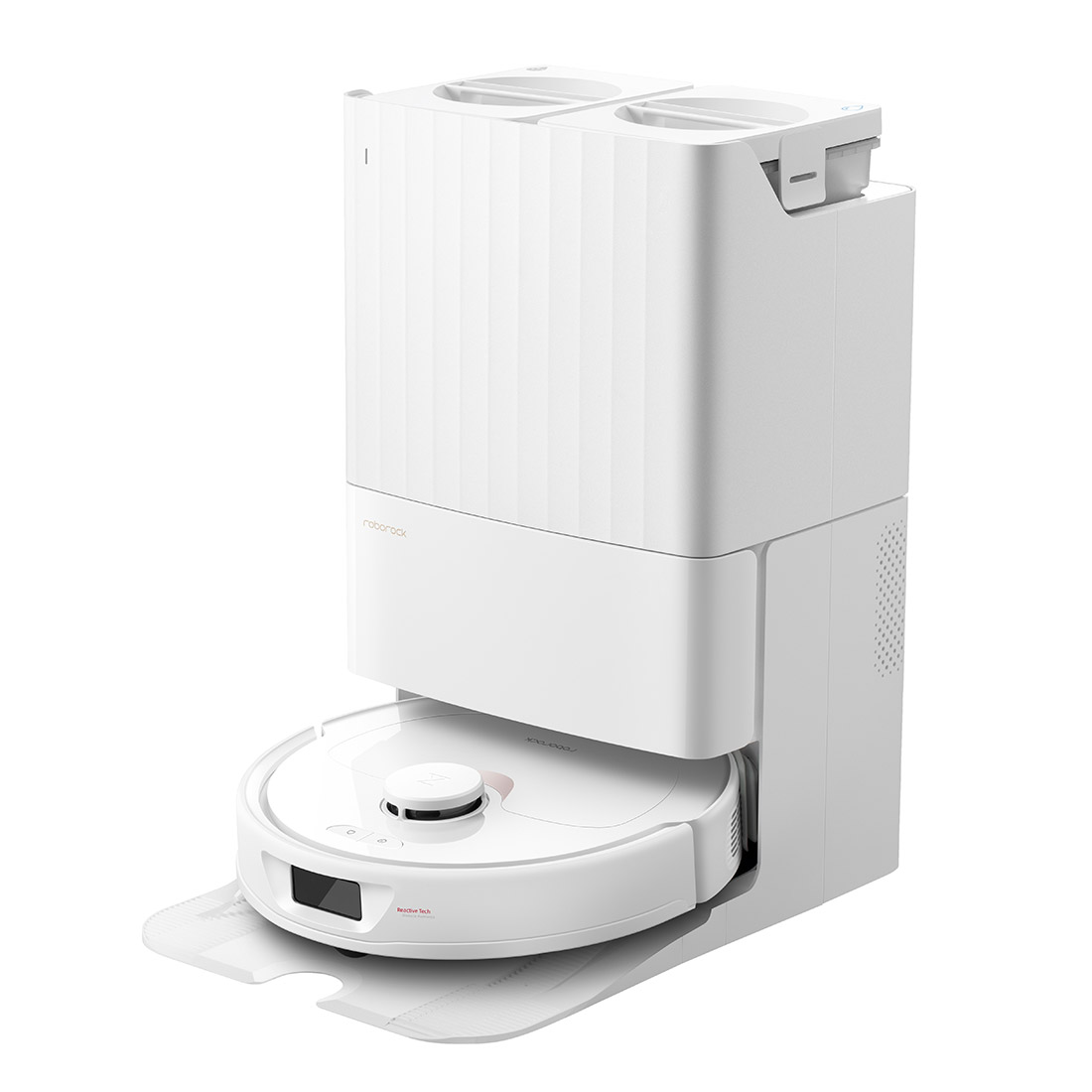Java and Python are two of the most popular programming languages. Java is faster, while Python is simpler and easier to learn. Both are well-established, platform-independent and have large, supportive communities. However, their similarities end there. When choosing between Python and Java, each has different uses, pros, and cons to consider.
In this article, we’ll compare Java and Python by looking at what they are, how they’re used, and their pros and cons. We’ll go over each language’s prominent characteristics. Then, we’ll compare them to help you choose the right one for your needs. Let’s get started!
What is Java?
Java has become very popular for making general software. It has been since it was introduced in 1995. It is most recognized for having become the standard language for developing Android apps. This also boosted Java’s rise. Android was the most widely used mobile OS. Industrial training in Chandigarh is great for mastering Java. It offers a chance to get hands-on experience and skills.
Key Features of Java
Java’s many benefits and practical characteristics are the foundation of its enduring appeal. Here are a few of them.
Java is Platform-Independent
The guiding idea behind it is “write once, run anywhere.” This idea states that code that has been compiled should not need to be recompiled in order to run on various platforms. As a result, a device can run Java code as long as it can start a Java Virtual Machine.
Java Develops Faster Apps
Java features automated memory management and facilitates multithreading in comparison to other languages. These traits let Java apps use hardware better than Python apps.
Ensures Stability & Backward Compatibility
Java is a compiled language with strict syntax and static typing. So, all problems must be fixed before compilation. Python is a dynamically typed programming language. Software written in it tends to be less stable and error-free than compiled Java systems.
Drawbacks of Java
Java offers many benefits, but it also has a lot of drawbacks. Here are a few examples.
Java is “wordy”: This language is characterized by lengthy lines of code.
Java has a complex syntax: It is often difficult to write and read and frequently uses semicolons and curly brackets.
Java is challenging to master. It’s harder than Python, despite lots of documentation and educational resources. This is the outcome of the two previously stated negatives.
What is Python?
Python is another very well-liked object-oriented programming language, much like Java. Python has prioritized readability and simplicity of code since its 1991 debut. This language has shown remarkable adaptability. It has done so over time in many contexts. Today, Python and its frameworks are often used for machine learning and image processing. This includes multimedia applications.
Key Features of Python
Python is becoming more and more popular in the software development community due to a number of benefits.
Python’s Syntax is Simple
The resemblance to the English language makes it intuitive. Moreover, Python is incredibly condensed, requiring fewer lines of code to accomplish the same goal.
Python Promotes Fast Development:
Python’s dynamic typing and general simplicity make it faster to write. It needs fewer lines of code than applications in other languages.
Easy to Learn
As compared to Java, the learning curve for this language is far more comfortable. Its syntax is easy to understand. It has many teaching resources and simple commands. So, it is beginner-friendly.
Drawbacks of Python
The lack of multithreading affects the Python program. It stops it from fully using modern CPUs.
Not used in native mobile app development: This is a big drawback. It’s especially so when considering “Python vs. Java”. Mobile developers may still use Python with specialized libraries like PyQt and Kivy. Unlike Java, Python cannot make native mobile apps.
Poor database connectivity: Python’s built-in database access is often slow. It requires extra modules, such as PyMySQL or MySQL Connector Python. Overall, it is hard to match the Database Connectivity API that comes with the Java Standard Edition platform.
Difference Between Java and Python
The main distinctions between Python and Java are summarized in this table. Look it over!
- JAVA
- The language Java is compiled. Converted to bytecode, the compiled code can be executed on any platform that has a Java Virtual Machine (JVM).
- Java was developed for object-oriented and class-based paradigms.
- The developers will need to invest more time and energy in maintaining comprehensible Java code.
- Java is a typing-intensive language. It prevents the compiler from altering a variable’s data type unless it typecasts the variable.
- Java is quicker since it assigns all types at compile time.
- Java is a strictly object-oriented language focusing on objects and their interactions. This is with core features including inheritance, polymorphism, and encapsulation.
PYTHON
- Python is an interpreted computer language. It can run programs in an interpreter.
- Python facilitates the imperative, procedural, object-oriented, and functional paradigms.
- Python creates concise, well-structured, and readable code.
- Python is a dynamically typed language, so there’s no need to declare variables. Without stating them, the interpreter can identify and change the data type of the variable.
- Python is slower since it runs on the assumption of types and makes use of an interpreter.
- Python supports various programming paradigms. This includes OOP, with features like inheritance, polymorphism, and encapsulation. But, it’s not as enforced as in Java, giving you flexibility in your coding approach.
Conclusion
Each programming language has advantages and disadvantages. Python offers a vast library, is simple to understand, and is easy to code. Java, on the other hand, is better at making games and apps for mobile devices and is more compatible.
Both are popular, strong programming languages that can adapt to new tech. So, there are many things to compare. These include project needs, learning curve, speed, scalability, libraries, and community support.

